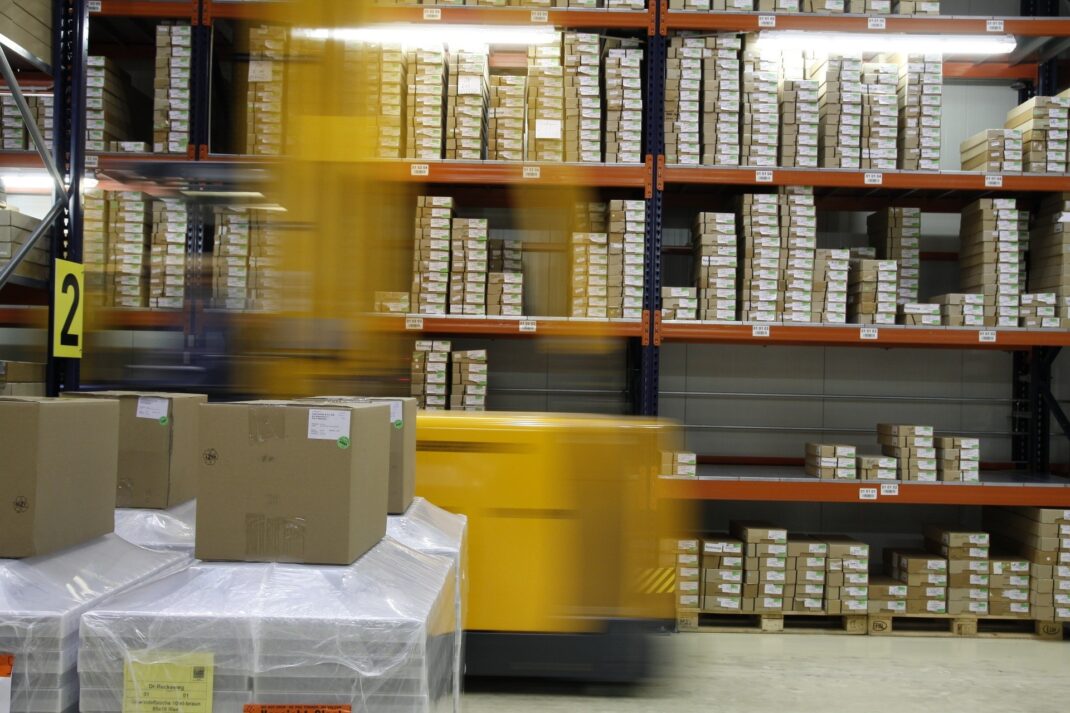Related Articles
An old saying goes that; if business performance cannot be measured, then you can never know whether you are winning or losing. While this may be an old school thought, practically, ERP KPIs are the tools used to sustain businesses and measure whether you are ‘losing’ or winning’. With ERP modules that align with KPI in production increase the success rate in production.
ERP (Enterprise resource planning) is the integrated management of the main business processes; such as production, accounting, customer service, quality control and so on. ERPs can collect, store, manage and interpret data which is then streamlined to one shared database. In other words, the purpose of ERP modules is to integrate the several functions of businesses into one large system to track business metrics.
KPI (Key performance indicators) when implemented correctly can essentially help employees be more motivated as it outlines goals; which helps them understand what is expected of them and allows employees to view their progress towards them. This gives them a sense of control over their jobs, offers encouragement to monitor their own performance, and view their overall contribution to the company. Simply put, KPIs are points of measurement that help determine the success of an organization.

ERP Modules That Align With KPI In Production
Production being one of the biggest industries of the globe; a lot of regulation and planning goes into this sector. Hence, ERP KPIs can be used in this sector to drastically change the face of production in your business. Listed below are some basic production KPIs that are used by the ERP to visualize and streamline workflow.
Count
One of the standard KPIs for any business is the count, which refers to number or amount of product created. This may refer to the total production in a week, month or year; all easily distinguishable using the ERP. In many cases, the total production of individual employees is tracked and displayed to encourage competition and allowing them to have a tangible count of their contribution to the company.
Reject ratio
This is another standard KPI that measures the amount of scrap obtained from production. The main goal of tracking reject ratios is to minimise the production of scrap and hence, generate more profit. This measure allows us to keep the scrap produced within acceptable limits.
Downtime
Tracking the downtime is considered to be one of the most important and vital KPIs. This refers to the time the machinery is idle due to machine breakdowns, maintenance, adjustments and so on. A major goal of all production companies is to reduce the down time as much as possible since downtime means lost profits. In many cases, the personnel in charge are required to submit a report specifying the reason for the downtime so it can be tracked, reviewed and adjusted to minimise it in the future.
Rates
Rates are measures to calculate the speed at which goods are being produced. Naturally, slower rates would generate lower profits whereas higher rates albeit generate higher profits, can compromise the quality of the products manufactured. The end goal of measuring the rate is to make sure that operating rate is optimised for higher profit, but with respect to the quality of the products created. Ideally, the goal is to keep the operating speeds at a set and consistent rate.
Target
Targets are the values set for the output, rate and the quality for a certain product or the system as a whole. This prompts employees to cross that threshold level for each category to generate maximum profit.
Takes time
This measures the amount of time taken to see a task to completion. This can be set to refer to the time taken to produce a product or the total time taken for a certain operation; all depending on the needs of your company. This KPI helps producers locate if and where bottlenecks occur in the process.
On Standard Operating Efficiency
If there is a piece rate (payment according to the number of pieces produced) or an incentive system, this KPI can be used to measure how employees are performing against the labour standards that was used to cost the product. If these values are low, the methods can be examined and post production analysis can be carried out. Companies commonly underestimate labour costs and value can help identify this.
Overall Equipment Effectiveness (OEE)
OEEs the measurement of whether machinery is being used efficiently. This basically indicates the efficiency of all mechanical resources being used in a company.
Overall Operating Efficiency (OOE)
OOEs measure the on standard time as well as off standard time. You are trying to maximize this percentage so that employees are adding value the majority of the time they are clocked in and present.
Capacity utilization
This is a measure of how much the available capacity is being used in the production line. Buildings, equipment, etc are expensive assets and maximizing their use is vital to generate high revenues.
Failed Audits
The goal of this KPI is to achieve a score of 0. As a producer, there is nothing worse than a shipment that is ready but fails the final quality control. This is done to make sure any mishaps that may take place, occur inside the factory and not in front of the customer. If the value of this KPI is not 0, a root cause analysis is vital.
For factory managers in the production business, it is their sole goal to increase production and profitability. The success of the entire organisation is largely based on its processes and it’s implementations by the employees. Key performance indicators help ensure that all processes during production are operating efficiently, and that the goals set by the organisation are being monitored and achieved.
Enterprise resource planning on the other hand to make sure that the data and feedback from the production sector are properly and painstakingly integrated into the system and is streamlined into the central database.
The cost of these visual management systems (ERP and KPIs) are low and the potential return of these investments can be quite high.
Syncoria is a digital transformation company based in Canada and is an official Odoo Ready partner.




